
In this series of articles we'll be exploring the differences and similarities between every edition of Dungeons and Dragons.
In the last article we looked at Holmes Basic.
In this article we are looking at Basic & Expert D&D launched in 1981.

Basic & Expert often referred to as simply B/X is the ‘mother’ to the 'OSR' movement. The vast majority of OSR games in some way derive from the mechanics, aesthetics or principles inherent to B/X.
Written in 1981 by Tom Moldvay, Basic and Expert would be released as two separate box Red and Blue box sets respectively. The Basic set would contain a revised edition of the Holmes Basic rules with further clarifications and updates to it. Whilst Holmes Basic sought to condense and clarify, Moldvay Basic simplified as well. The Expert set written by Dave Cook and Steve Marsh would expand on the basic rules, including rules for levelling play up to level 14 as well as rules for wilderness exploration.

Much like Holmes basic this would contain rules for character creation, treasure, spells, magic items, monster statistics and rules. They would however be even more cleanly laid out, ordered and consistent. The Basic set now officially made Elves, Dwarves and Halflings a player class you could choose of their own right, with their own level progression, rather than a subclass of the Fighting-Man. Fighting-Men were now just ‘Fighters’ as well making them somewhat more gender inclusive.
The same variable rate of levelling remained for and limits remained for the classes however the tables were much more clearly laid out. Dwarves can now go to 12th level, with Halflings capping out at 8 and Elves at 10. Humans could still progress to any level, however B/X caps out at 14.

Basic returned to the original Lawful/Neutral/Chaotic alignment, removing the good/evil axis that was in Holmes Basic. Advanced Dungeons & Dragons would now be the home for the 'classic' 9 alignments, whilst Basic just have 3 alignments. This was likely as it was a 'Basic' set of the game so the rules were kept simple, with the more 'advanced' rules fittingly being put into AD&D.
Unlike in the current 5E edition of D&D alignment is directly referenced in the games rules and mechanics which would create some subtle differences in how spells and abilities worked depending on which edition and alignment matrix you played with. For example in B/X D&D the spell 'Detect Evil' says that "the exact definition of "evil" is left to each referee, and players should discuss this point so that all are in agreement." Whereas in AD&D Detect Evil far more specifically detects creatures or objects of an evil alignment.
There's an interesting paradox in this design split between AD&D and the Basic line, whilst the Basic rules were simpler and less well defined than the AD&D rules this also meant that the referee had far more leeway in adjudicating the rules themselves on the fly. In AD&D the rules were a lot more set in stone relatively speaking and as a result the referee had more of a responsibility to know all of the rules and adjudicate them based on the rulebooks. It's arguably a lot more difficult for the referee to fairly adjudicate and improvise rules on the fly than it is to simply read the rules in the book and follow them, which means that more experienced players will actually gravitate towards the 'basic' rules of D&D because they allow more leeway and flexibility , whilst new players will gravitate towards the 'advanced' rules of D&D because they specifically outline what to do with less ambiguity which is easier for a new referee.
This goes some way to explaining why the majority of 'OSR' style games and retro clones borrow from the 'Basic' line of D&D rather than AD&D.

Damage of all weapons in B/X by default was still 1d6 much as in original Dungeons and Dragons.
However variable damage was introduced within B/X, with a dagger dealing d4, a sword dealing d8 and a two-handed sword dealing d10. This rule would eventually become standard as most groups found themselves adopting it so those two handed swords could really pack some punch.
Hit die increased for monsters to d8 from d6 as well, meaning they were that bit tougher to take down on average though the additional strength of weapons as well as bonus helped balance it out.

The Expert Set expansion would expand the spells available up to 6th level mirroring the max level in OD&D. Many of these spells were within the game already either in OD&D or AD&D such as animate dead or hold person, however their introduction to the basic set would introduce a new generation of players to them.
The Expert set would come with the premade adventure ‘Isle of Dread’, written by Tom Moldvay and David “Zeb” Cook. This was a classic wilderness hexcrawl set on a volcano and dinosaur filled island that would teach players how to run and play in a wilderness game. This was set within the world of Mystara which became the ‘basic’ set's default world, also known as ‘The Known World’. This was a medieval fantasy world with a broad range of different human and non-human cultures scattered around from hippy Elves to Hunnic inspired horsemen.

Much like the dungeon presented in Basic, Isle of Dread would provide a core to a wilderness adventure, with a large map, keyed locations and random encounter tables. It however left lots of room for the Dungeon master to plot their own locations, monsters and encounters.
The key thing about these editions was that they were presented as tool sets to encourage Dungeon Master to create their own games and worlds rather than finished products designed to sell a specific experience. Even the setting of Mystara was painted with a broad enough brush for the Dungeon Master to fill in the gaps for themselves.
With their powers combined Basic and Expert provide everything you effectively need to run Dungeons and Dragons for characters up to 14th level which for all but the most hardcore of players was all you really needed for an extensive campaign, especially considering the relatively slow rate of levelling progress RAW. There were brief rules to go beyond 14 in B/X but they weren't significantly fleshed out.
However hardcore players did exist who wanted to rise to levels beyond 14 with lots more detail about what that meant and BECMI would serve to fill that itch as well as become the ‘definitive’ ‘basic’ series of D&D rules which we will discuss in the next article here.

Thanks for reading! If you're interested in a trio of OSE compatible, old school fantasy adventures check out Albion Tales.
You can explore our old school adventures here.
Subscribe to the Leyline Press newsletter here to receive updates on our blogs, promotions, games and more.
Follow us on twitter @leylinepress
Follow us on facebook @leylinepress
Follow us on instagram @leylinepress
Subscribe to this blogs RSS feed by pasting this into your feed reader - https://leyline.press/blogs/leyline-press-blog.atom
This article was originally written for https://www.osrelfgame.com/
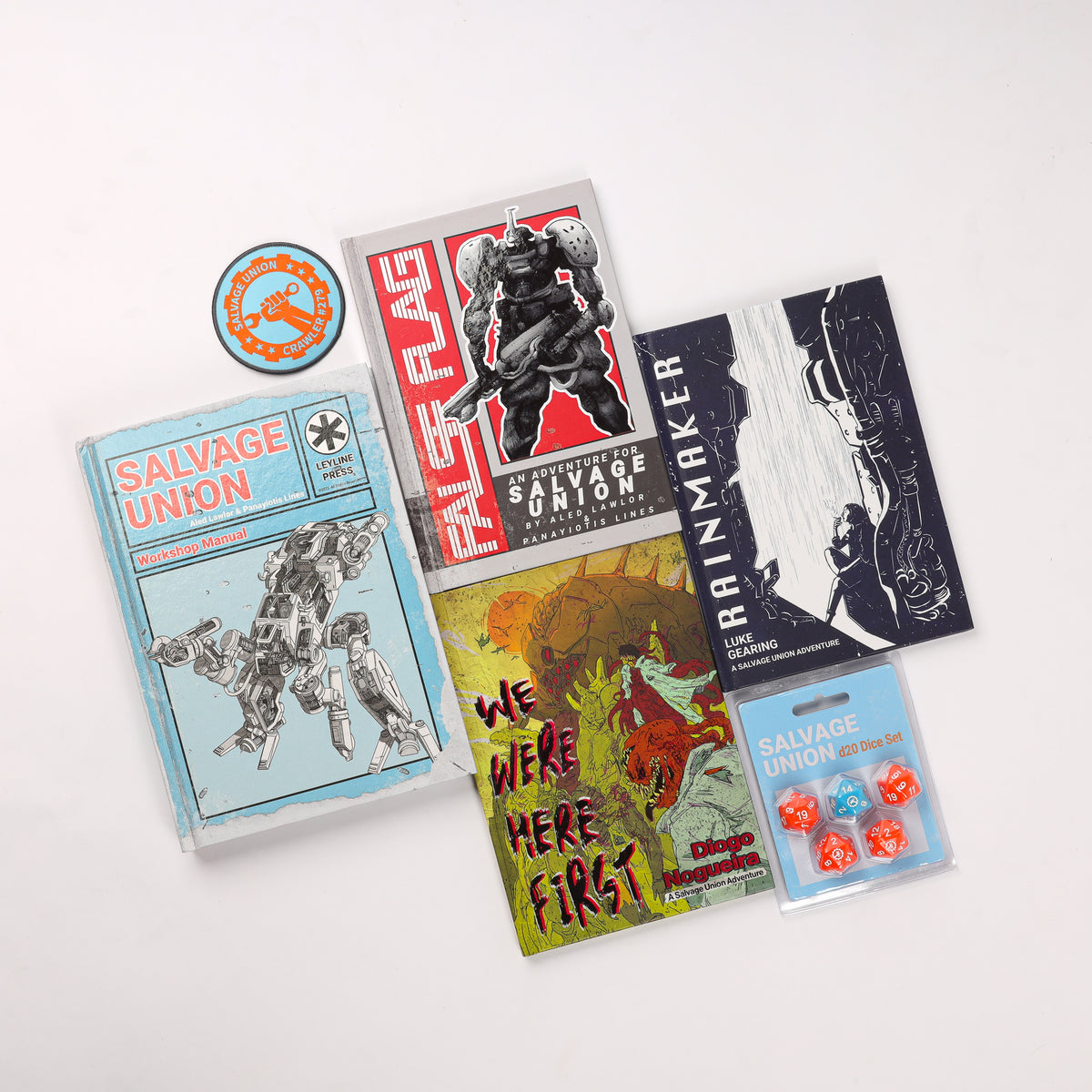
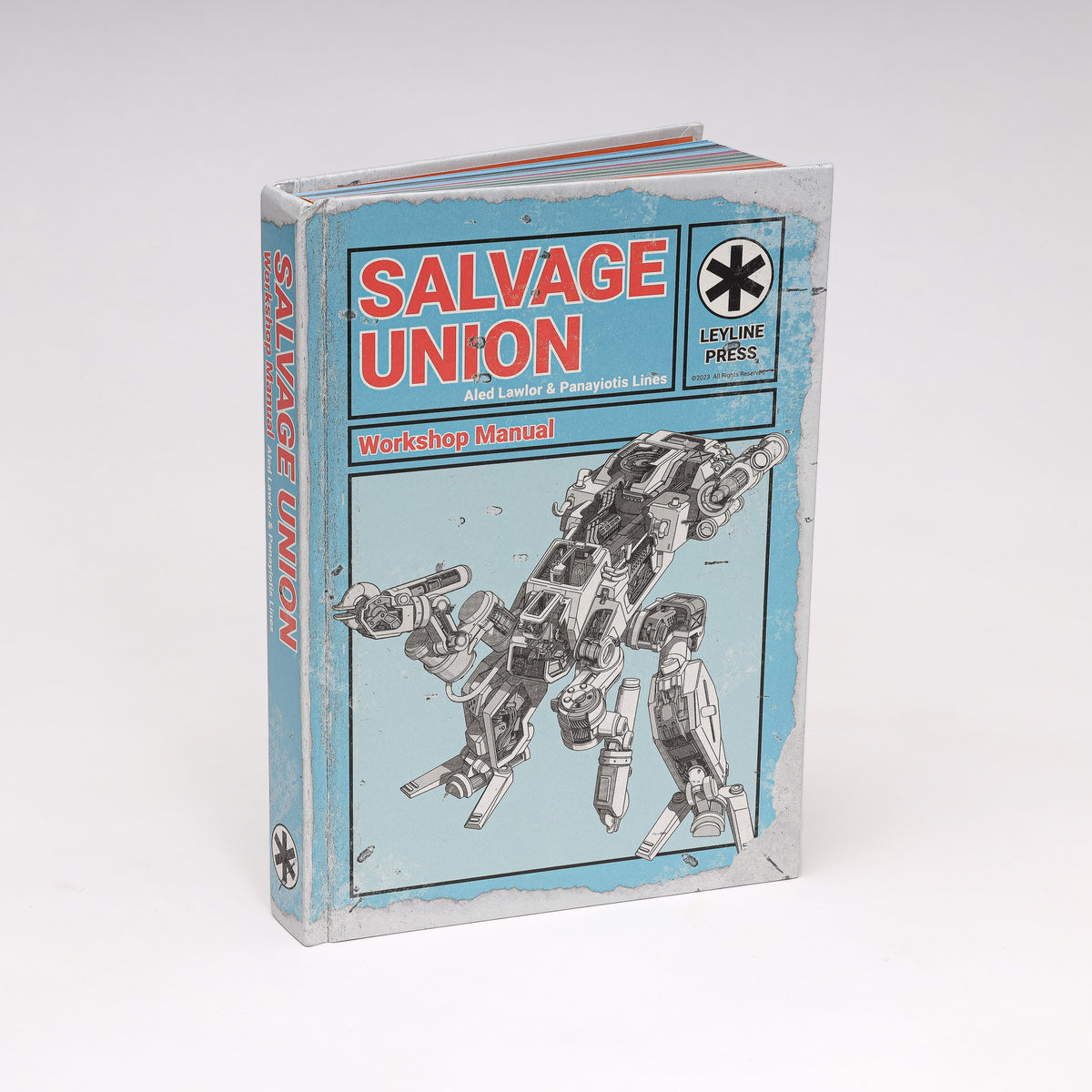
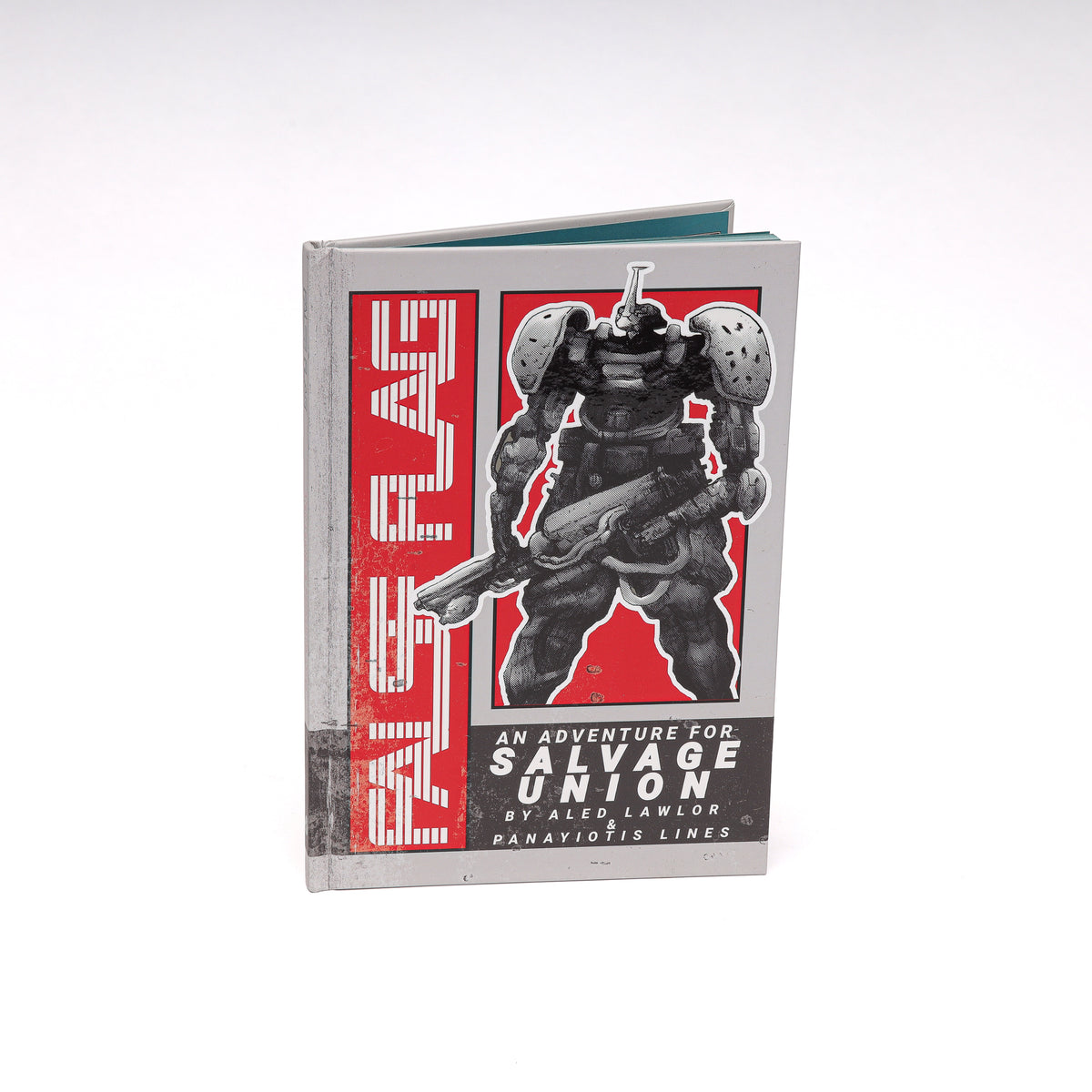
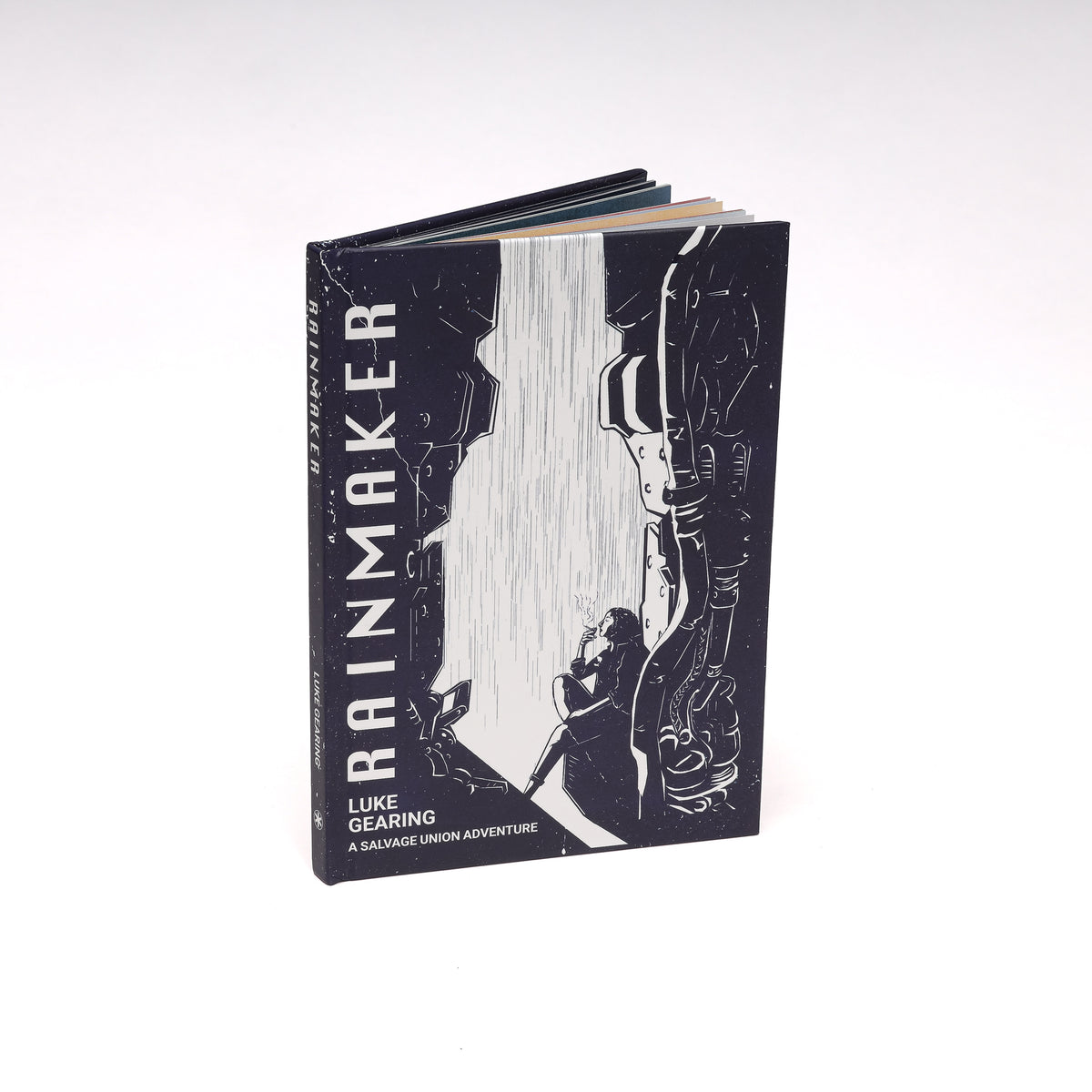

1 comment
Panayiotis, I love this series of article. Keep up the great work!